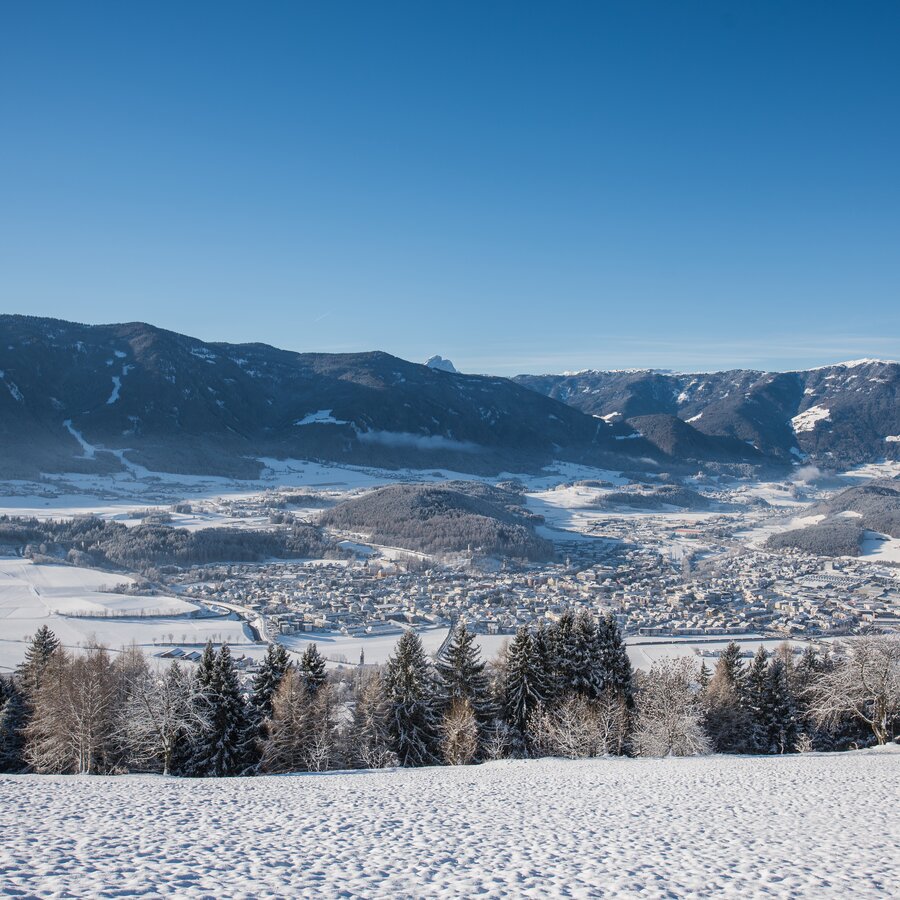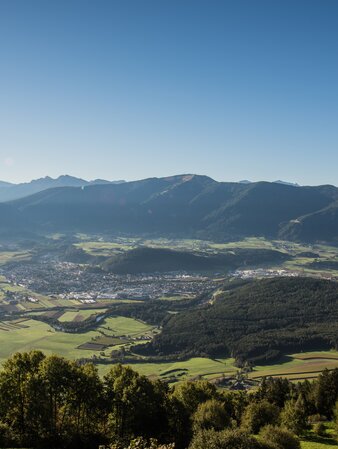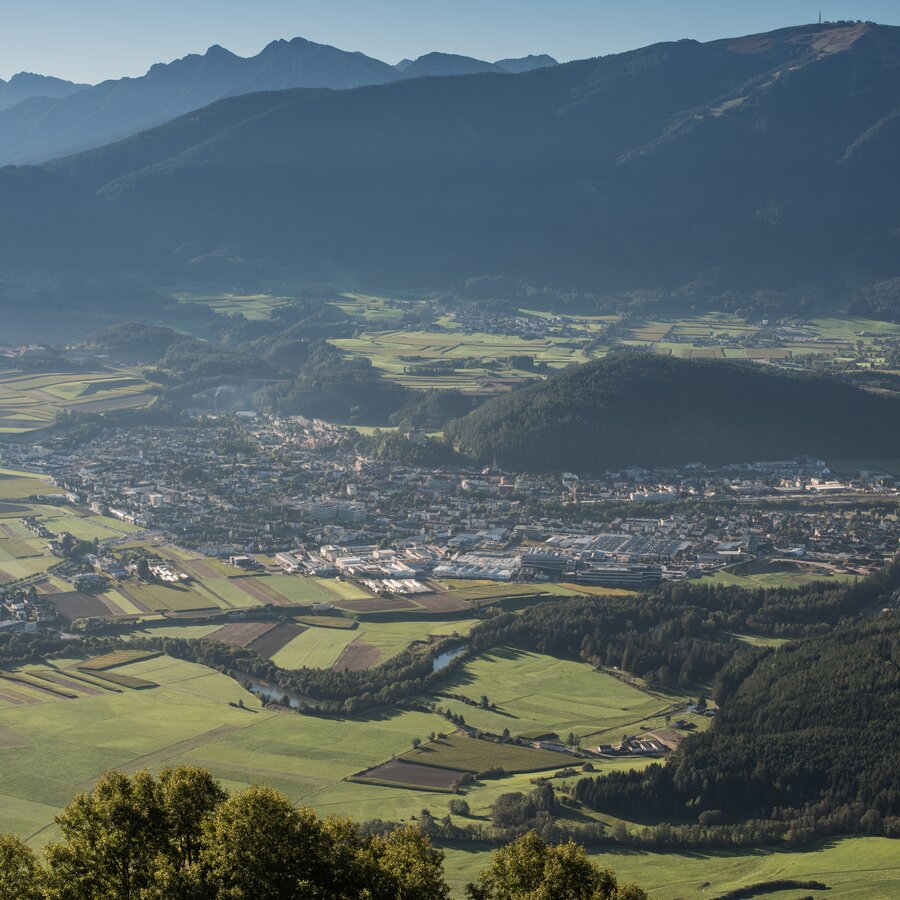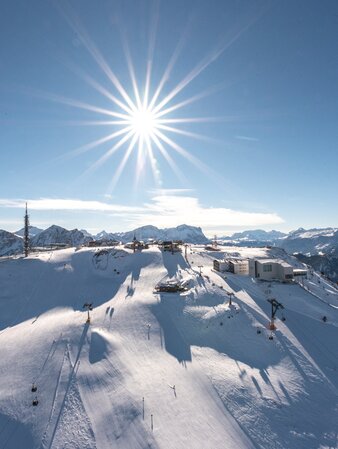


Ready to spend a vacation in one of the most beautiful holiday regions in South Tyrol? Ready for a getaway that sweeps you away into the marvellous world of the Dolomites UNESCO World Heritage? Vast, sun-kissed and close to nature – the Pustertal/Val Pusteria valley can't wait to turn your stay into an unforgettable experience. The main valley with its extensive meadows, dense coniferous forests, beautiful Alpine pastures and idyllic villages stretches from the locality of Mühlbach/Rio Pusteria in the west past its capital Bruneck/Brunico and up to the border with East Tyrol in Austria. Along its route, it also branches off into picturesque and remote side valleys such as the Antholzertal/Valle Anterselva and Val Badia. The exceptional landscape of the Pustertal valley boasts spectacular views of the imposing peaks of the Alpine divide, our “pale mountains” - as the Dolomites are also called – and a fascinating world of water, characterised by rivers, alpine lakes and waterfalls. So… prepare yourself to be amazed by the beauty of this unparalleled unspoilt nature which invites you to discover, relax and unwind.


Nestled among the most beautiful mountains in the Alps, our green paradise awaits you all year round with a wealth of activities for sports enthusiasts, nature lovers, culture vultures, pleasure-seekers and everything that lies in between. Whether it is hiking, cycling or cross-country skiing: the excellent trail network provides plenty of opportunities to explore the unique landscape of our vale. If you are keen to delve deeper into the history and culture of the Pustertal/Val Pusteria valley, you are spoilt for choice by the countless cultural highlights such as museums, castles or numerous events that invite you to live the customs and traditions of our region up close. And while foodies can look forward to enjoy culinary specialities in numerous restaurants which treat your palate to the local and genuine flavours of our region, lifestyle enthusiasts can embark on an extensive shopping spree in the picturesque historic centre of Bruneck/Brunico, in the farm or family-run businesses of our towns or at the traditional farmers’ markets.